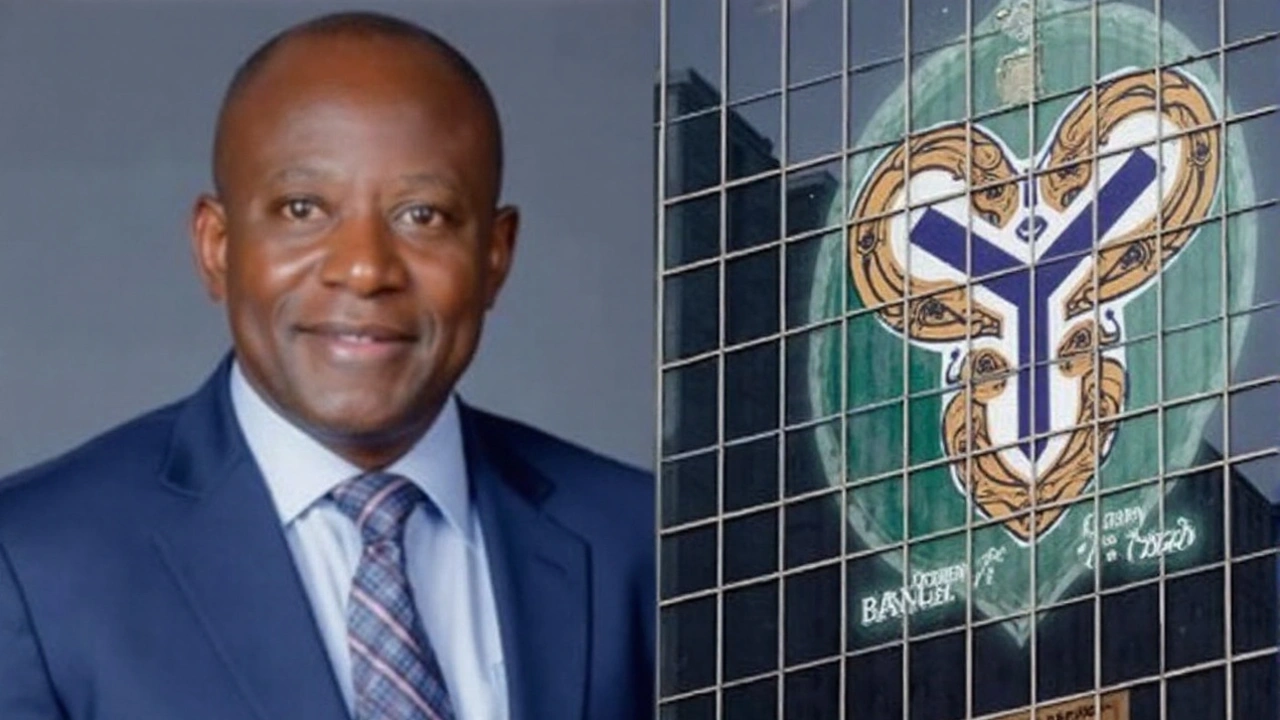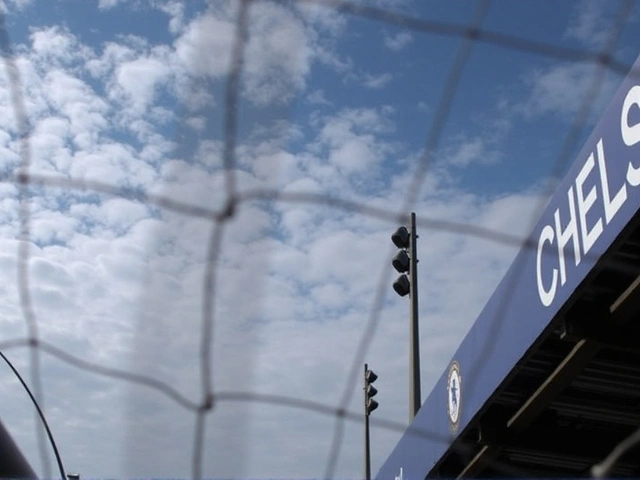What the rate cut actually means
On September 22‑23 the Central Bank of Nigeria (CBN) announced it would shave 50 basis points off the monetary policy rate, taking it down from 27.5% to 27%. After a three‑year sprint of tightening that began during the pandemic, this is the first easing decision of 2025. By design, a lower benchmark rate filters through the banking system, reducing the cost of loans for companies that need cash to grow, upgrade equipment, or hire more staff.
Alongside the headline cut, the CBN adjusted the standing facilities corridor to plus or minus 250 basis points, a move meant to sharpen the inter‑bank market’s price signals. It also raised the cash reserve requirement (CRR) for commercial banks to 45% while leaving merchant banks at 16%, and applied a hefty 75% CRR on non‑TSA public‑sector deposits. The liquidity ratio stayed steady at 30%.
All these tweaks are meant to improve the transmission of policy – in other words, to make sure the rate change actually reaches borrowers instead of getting lost in the system. With external reserves now reported at $43 billion, the CBN has a cushion that lets it act more boldly without fearing a sudden currency shock.
How markets, businesses and SMEs are reacting
Economists see the cut as a sign that inflation is finally on a downward trajectory. Dr. Paul Alaje, chief economist at SPM Professionals, called the move a "very good development" and highlighted that Nigeria now enjoys its first positive real interest rate in years – meaning the nominal rate sits above inflation for the first time in a long while.
Alaje, however, warned that 27% is still far from ideal. "To truly energise investment, we need rates below 15%," he said, noting that when Treasury bills and bonds offer returns lower than price rises, investors essentially lose purchasing power.
Large corporations have expressed cautious optimism. Many senior executives say the cut could ease credit conditions enough to green‑light expansion projects that were on hold due to high financing costs. Some already report softer loan pricing from their banks, which may translate into faster approvals for capital‑intensive ventures.
SMEs, on the other hand, remain sceptical. While they appreciate any reduction, most small‑business owners argue that the difference between 27% and 27.5% does little to change their borrowing calculus. For a company that already struggles to meet a 20%‑plus cost of capital, a half‑percentage‑point shave feels more like a symbolic gesture than a real relief.
- Positive signs: lower headline rate, stronger reserves, improved policy transmission.
- Remaining challenges: high absolute rate, limited impact on SMEs, need for deeper cuts.
- Market outlook: analysts expect gradual easing if inflation continues to retreat, but warn against over‑tightening the liquidity side.
The broader narrative is clear – the CBN is shifting from a defensive stance to a more growth‑friendly posture. By signalling confidence in the inflation outlook, the central bank hopes to stimulate investment, create jobs, and ultimately bring the economy back onto a sustainable growth path. Whether this will translate into tangible loan approvals for the country’s countless small enterprises remains the big question on everyone’s mind.






